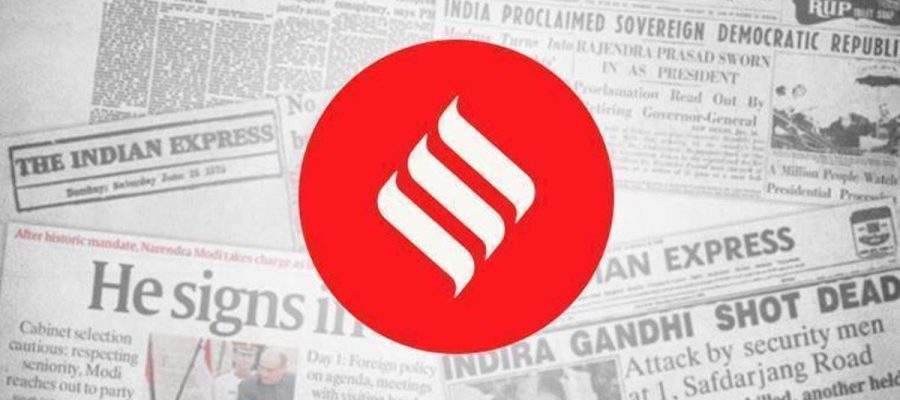Between now and December, the RBI hopes to sharply reduce such funds. If growth and inflation forecasts hold up, reverse repo rates are likely to go up in December, followed by repo rates in February.
Going into the fifth bi-monthly policy review of 2021, the Monetary Policy Committee (MPC) of the Reserve Bank of India had its task cut out. Unlike several occasions in the past when the MPC unanimously decided on one side of the growth-inflation trade-off — repeatedly holding back interest rates and flooding the market with liquidity to kick-start economic recovery while soft-pedaling on inflation — the developments of the past few months have resulted in that consensus becoming elusive. Should the RBI tweak its stance from “accommodative” to “neutral”, thus rolling back its preference for supporting growth over containing inflation? Should it raise the repo rate (the interest rate RBI charges commercial banks when it lends money to them) to better manage inflation?
The MPC retained its forecast for GDP growth at 9.5 per cent for the current financial year and also projected a strong growth of 7.8 per cent for the next financial year (2022-23). On the inflation front, too, the news was sunny. The MPC dialled down its inflation forecast significantly from 5.7 per cent to 5.3 per cent for the current financial year. It is noteworthy, though, that the reduction is more a reflection of the lower inflation in the past couple of months while the RBI has not scaled back on the inflation forecast for the next two quarters (October to March). So, with inflation trending down and growth holding up, the MPC did what was predicted — it stayed the course on both repo rate and policy stance in order to do a tightrope walk between containing inflation while also supporting growth.
At the same time, however, it is clear that monetary policy is fast reaching a watershed after which interest rates will start going up. The governor also announced that the RBI will be using the reverse repo rate — the interest rate that banks earn when they park their funds with the RBI — to soak up the excess liquidity in the system. Commercial banks have been parking as much as Rs 9.5 lakh crore with the RBI and it suggests that this money is not being used to fund meaningful economic activity. If such high liquidity is not taken out of the system, it can only lead to asset price bubbles — such as high property prices. Between now and December, the RBI hopes to sharply reduce such funds. If growth and inflation forecasts hold up, reverse repo rates are likely to go up in December, followed by repo rates in February.
This editorial first appeared in the print edition on October 12, 2021 under the title ‘On the tightrope’.
Source: Read Full Article


